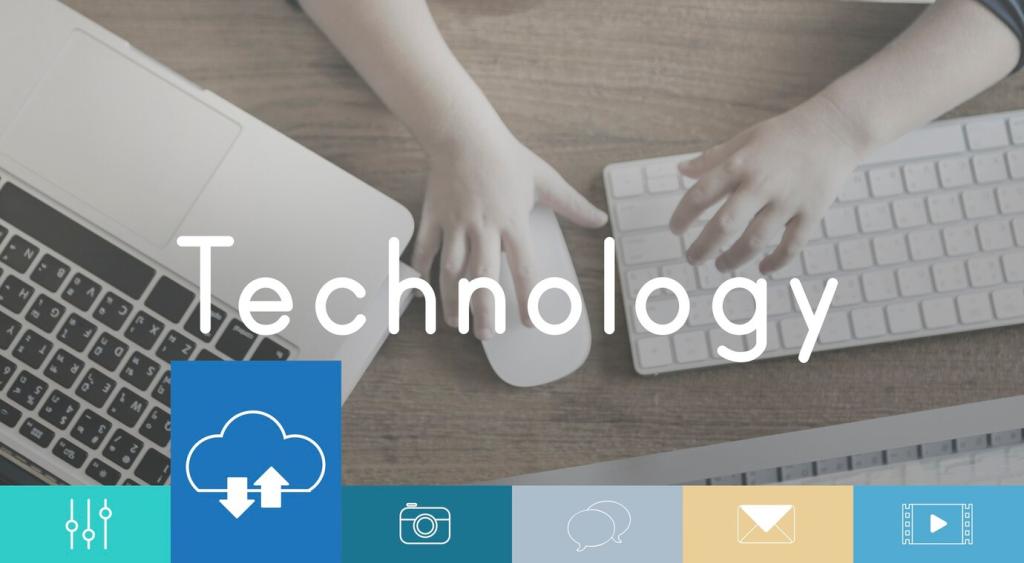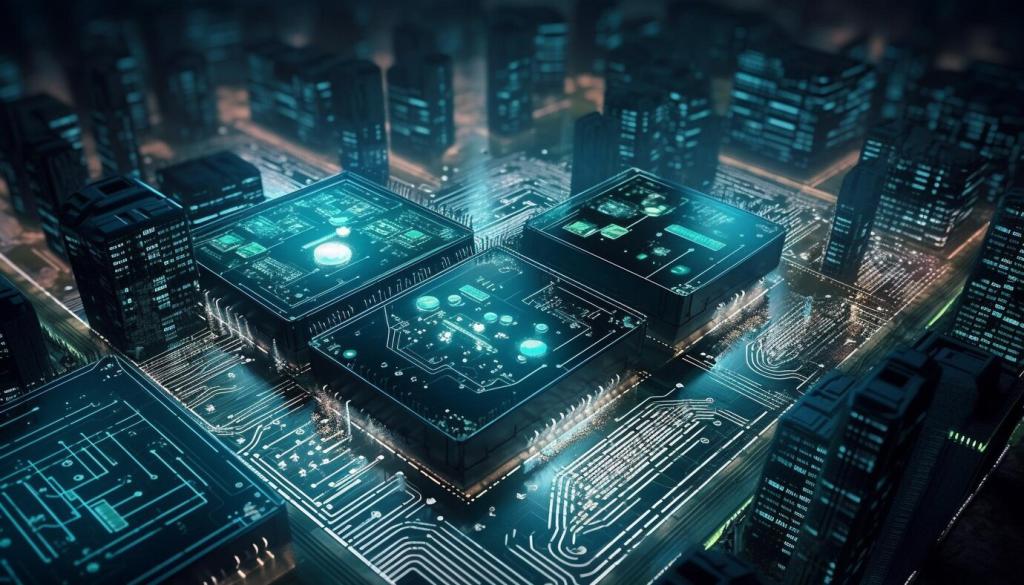The evolution of smart home technology has profoundly reshaped the way we live, interact, and relate to our personal spaces. Over the decades, technological advancements have transformed the basic concept of home from a simple shelter into a dynamic, interconnected environment designed for comfort, efficiency, and security. The journey of smart home technology is a fascinating chronicle of human innovation and creativity, highlighting experiments and breakthroughs that have ultimately defined modern living. This web page explores that journey, examining how smart home technology has evolved from early visions to its current state—and where it might lead us in the future.
The Birth of Home Automation
Home automation debuted in the form of basic electrical appliances and systems designed to handle household chores. With the introduction of washing machines, refrigerators, and vacuum cleaners, families experienced major shifts in their daily routines. This marked the first wave of automation that set the stage for what would eventually become the smart home. The concept at this stage centered on convenience and efficiency: allowing machines to perform repetitive tasks faster, more reliably, and with less manual effort than ever before.
Popular Science Fiction Influence
Science fiction in literature and film played a significant role in shaping public perception of future homes brimming with gadgets. Works from the early to mid-20th century depicted houses that could prepare meals, clean themselves, and answer their owners’ needs automatically. These imaginative portrayals not only entertained audiences but also inspired engineers and inventors to pursue the possible realities depicted on the big screen and in books, nurturing a collective dream of intelligent, responsive houses.
The Dawn of Digital Control
Introduction of Programmable Devices
The arrival of digital timers, thermostats, and remote controls marked the transition from purely mechanical automation to programmable electronics. Homeowners could suddenly set schedules for heating, cooling, and lighting, resulting in more efficient energy use and a new level of convenience. These milestones demonstrated how digital interfaces and microprocessors made it possible to interact with our homes in ways that felt almost futuristic, putting control quite literally at the user’s fingertips.
The Role of Personal Computers
Home computers became a pivotal element for enthusiasts eager to experiment with home automation. Hobbyists in the late 1970s and 1980s started connecting appliances to personal computers, enabling inter-device communication within the home’s network. Though these systems often required technical know-how to install and maintain, they showed the immense potential for interconnected digital environments, plantings the seeds for later innovations in integrated smart solutions.
Home Networking Begins
Alongside the proliferation of digital electronics came the concept of networking within the household. Early smart homes began to experiment with wired connections to link different rooms, devices, and functions. Although challenging to implement and sometimes plagued by compatibility issues, the first forays into home networking revealed just how transformative it could be to have seamless communication among household systems—a foundation that would become critical as the internet era dawned.

Previous slide
Next slide

Birth of Star Voice Assistants
Products such as Amazon Alexa, Google Assistant, and Apple’s Siri brought conversational interfaces into mainstream consciousness. These powerful AI-driven voice assistants allowed users to issue commands, ask questions, and automate complex routines with simple spoken instructions. Such advancements made smart homes accessible and enjoyable for a much broader audience, merging cutting-edge technology with everyday living.

Integration Through Smart Hubs
As individual devices proliferated, the need for centralized control became paramount. Smart hubs filled this void, acting as the orchestrators of home ecosystems by allowing lights, security systems, entertainment devices, and more to work in concert. The emergence of these central controllers helped to standardize operations, streamline setup, and make managing a modern smart home less daunting for the average user.

Custom Routines and Automation
Voice assistants and smart hubs enabled a new era of personalized automation. Homeowners could now program detailed routines that combined multiple actions—locking doors, adjusting thermometers, and playing music—triggered by time of day or specific commands. Customization empowered users to sculpt their living environments to fit unique lifestyles and preferences, unleashing a wave of creativity in how technology could improve daily life.
Growth of Energy Management and Sustainability
The advent of intelligent thermostats revolutionized how homes are heated and cooled. These devices learn from habit, weather patterns, occupancy, and real-time data to optimize climate settings automatically. As a result, they significantly reduce energy waste by running systems only as needed, empowering homeowners to achieve comfort while lowering utility bills and supporting broader environmental goals.
Previous
Next
Security and Surveillance Innovations
Modern smart cameras offer high-definition video, motion detection, night vision, and remote monitoring capabilities—features not previously available in traditional security systems. These devices not only deter intruders but also help homeowners keep an eye on loved ones and property from anywhere on the globe. Advanced analytics allow the systems to distinguish between false alarms and genuine threats, providing accurate and actionable information.

Health, Wellness, and Assisted Living
Health Monitoring and Alerts
Wearable devices, intelligent beds, and health-monitoring sensors are increasingly being integrated into smart home systems. These devices can track vital statistics, detect abnormalities, and trigger alerts for caregivers or medical professionals when intervention is required. This technology offers critical support for seniors and those with chronic conditions, enabling safer, more independent living.
Ambient Assisted Living Environments
Smart homes now offer features specially designed to assist those with reduced mobility or cognitive impairments. Automated lighting, voice-activated controls, fall detection sensors, and medication reminders all contribute to more accessible and user-friendly living spaces. Such systems extend independence for elderly or disadvantaged residents, delaying or eliminating the need for institutional care.
Air Quality and Wellness Management
Environmental sensors in modern smart homes monitor indoor air quality, humidity, and pollutant levels while managing ventilation, filtration, and purification systems. Homeowners receive real-time updates on their living environment and can automate responses to maintain optimum conditions. These health-focused features contribute not just to convenience but to tangible improvements in overall wellness and daily life.
